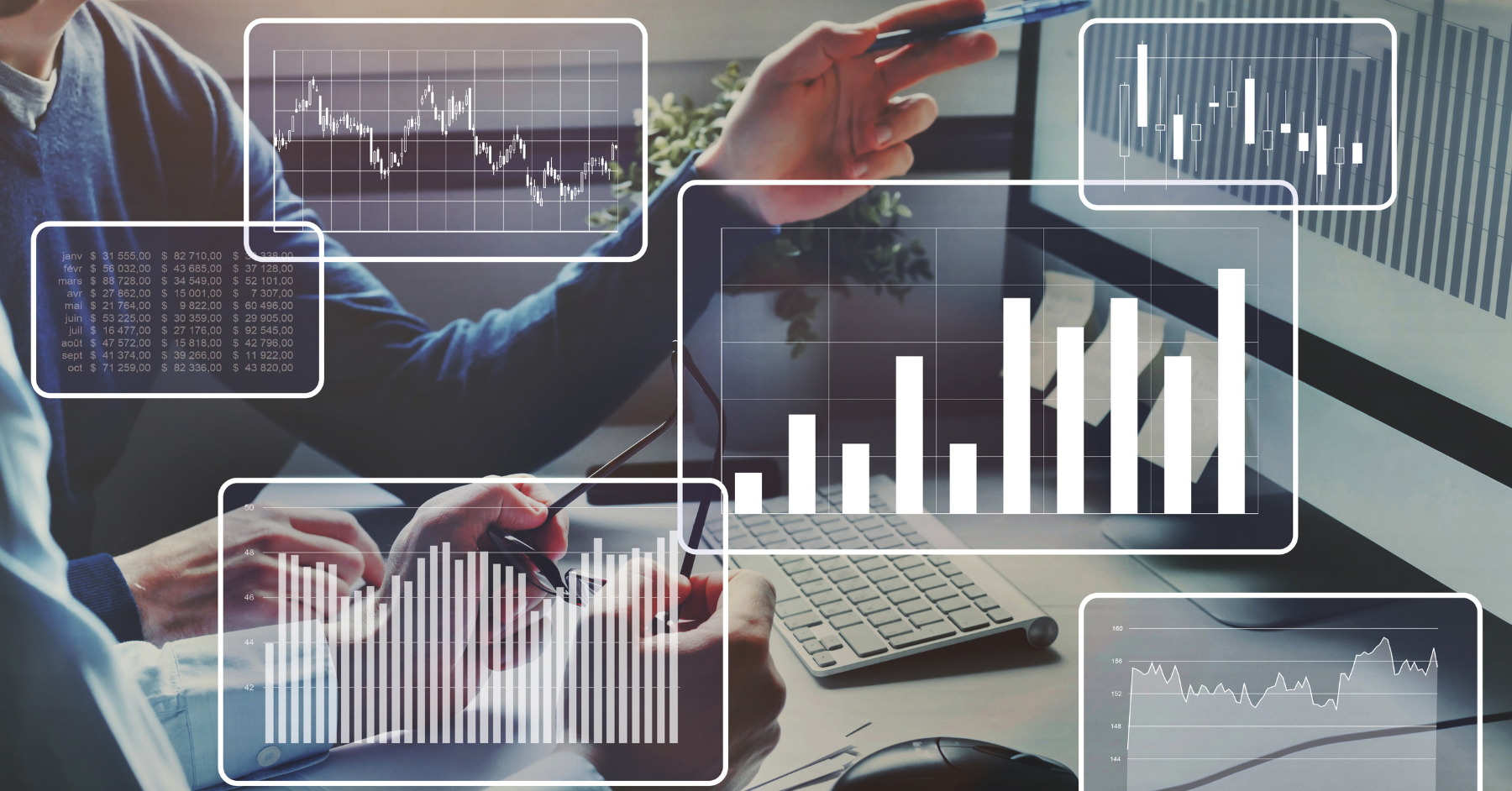Technological advancements mean organizations have more information available to them than ever before. Because of this, identifying risks of material misstatements in large data sets has become a key challenge in the audit process. In order to address that challenge and to help organizations avoid financial misstatements, experienced audit professionals need the best tools at their disposal. Data analytics is that tool, and it’s a crucial component of risk assessment in the modern audit.
Hidden in Plain Sight
Imagine trying to spot an individual in the middle of a crowded street. With so much activity, movement, and similarity in the crowd, defining features of individuals don’t stand out. And the more people there are, the more challenging it is to pick out a specific person. The large volumes of data involved in a modern audit are that crowded street, and the risks auditors look to identify are the specific person who needs to be spotted. As technology evolves and provides organizations with more data to work with, it also gives auditors more data to sift through — and that makes it easier for financial statement risks to remain undetected in the midst of it all.
Data analytics allow auditors to narrow their search, focusing their time and effort on the areas that matter most and where risks of material misstatements are likely to be present. By allowing audit teams to shift their energy and time from manual, repetitive tasks to technology-enabled, targeted procedures focused on areas of risk, they can perform a higher-quality audit.
Painting a Picture of Risk
In order to get to that stage, data analytics assist auditors through the power of visualization. Rather than scrutinizing a seemingly endless cascade of tables and numbers, audit teams are able to see that same information in the form of graphics, such as graphs and charts, pulled from complex data sets that include general ledger detail and account-level transactions. Subsequently, this makes patterns in the data easier to spot because it’s been transformed into a literal picture, and it’s within those patterns that anomalies, outliers, and hidden risks — previously a sea of numbers on pages of spreadsheets — can no longer hide. When these tools are combined with the sound judgement of experienced auditors that have heightened professional skepticism, it allows for a higher quality audit.
Use Case: Identifying Seasonality With Data Analytics
During the audit process, data analytics can help auditors recognize seasonal trends in a client’s business cycle throughout the year, which can help auditors identify where additional audit attention might be warranted. Seasonality expected in the fourth quarter of the calendar year is one common example, which can affect how a client approaches estimates, and therefore, how an auditor should test those estimates.
Keeping the Focus
Identifying and addressing risks by noticing patterns helps auditors in another important way. Data analytics tools allow auditors to focus on areas of risk because they can clearly recognize notable items and anomalies. This allows auditors to drill into those areas where it is more likely higher risk transactions exist sooner in the audit process. Additionally, these tools help auditors ask better, more insightful questions that can yield valuable insights into client operations and provide additional value to organizations by providing higher quality audits for users of the financial statements.
Contact our accounting and assurance team – https://wiss.com/services/accounting-and-assurance/
